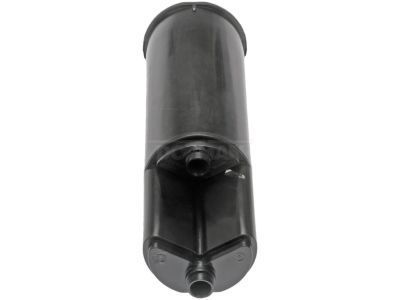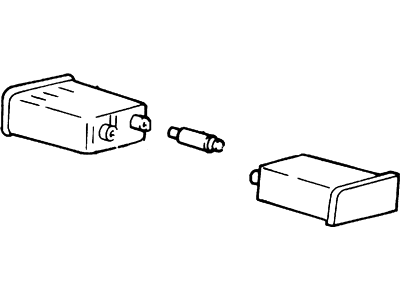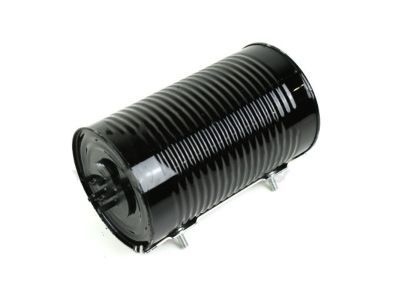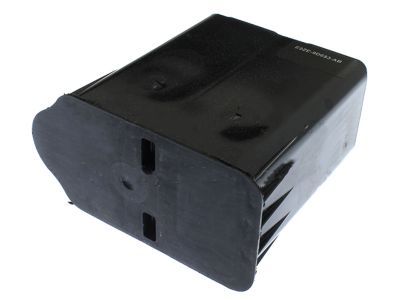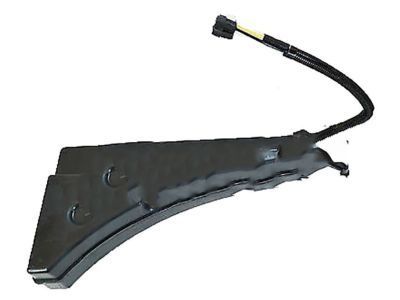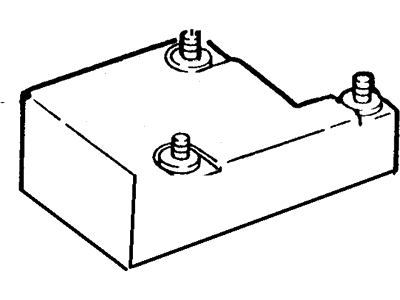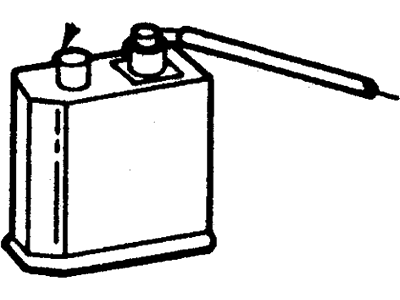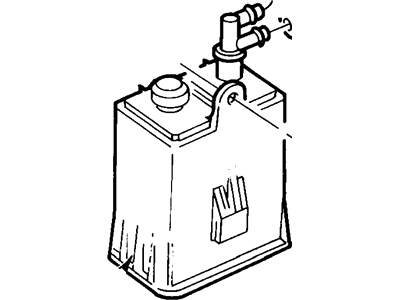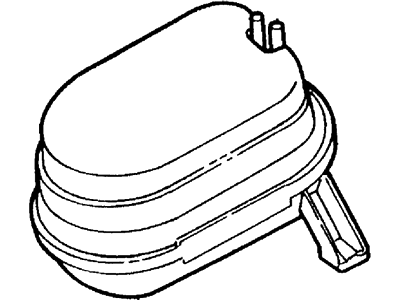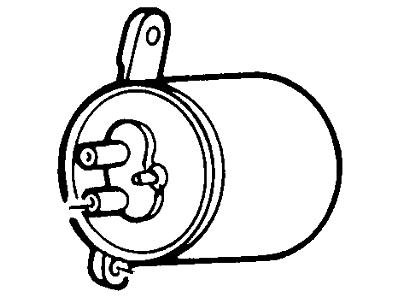×
- Live Chat
- 1-888-788-9341


My Garage
My Account
Cart
Genuine Ford F-250 Vapor Canister
Fuel Vapor Canister- Select Vehicle by Model
- Select Vehicle by VIN
Select Vehicle by Model
orMake
Model
Year
Select Vehicle by VIN
For the most accurate results, select vehicle by your VIN (Vehicle Identification Number).
12 Vapor Canisters found
Ford F-250 Reservoir Assembly
Part Number: F75Z-9D653-AC$179.85 MSRP: $300.00You Save: $120.15 (41%)Ships in 1-2 Business DaysFord F-250 Reservoir Assembly
Part Number: F65Z-9D653-AA$69.52 MSRP: $114.91You Save: $45.39 (40%)Ships in 1-2 Business Days
Ford F-250 Vapor Canister
The Vapor Canister in Ford F-250 is specifically located on the evaporative emissions control (EVAP), system which has the major function of keeping the hydrocarbon emissions from escaping into the environment. It works on a principle that it contains a carbon canister where fuel vapors are stored along with other materials that can adsorb these vapors. When the engine is in function, a purge valve is opened to let a fresh air together with the stored gases to enrich the engine fuel combustion. In recent models of the F-250, slight modifications of the Vapor Canister have been adopted; some models use a filter that can be replaced to keep the F-250 running smoothly. The today's generation OBD II has added few more ports of diagnostic, which includes a canister vent solenoid and a fuel tank pressure sensor for the identification of leaks. These developments assure that the Vapor Canister plays it rising role of reducing emissions to the barest level possible without compromising performance.
We provide a wide range of Ford F-250 Vapor Canister at the best prices possible. If you need Ford F-250 Vapor Canister, you can shop with confidence on our website. All our OEM parts come with a manufacturer's warranty and are delivered to your door step with a fast delivery service.
Ford F-250 Vapor Canister Parts Questions & Experts Answers
- Q: How is the Canister Purge Valve and Vapor Canister work on Ford F-250?A: The system for emission control prevents the fuel vapors from being released into the atmosphere. It is a sealed carburetor bowl and a check valve fuel tank filler cap which helps have a "closed" fuel system. A vapor relief valve integrated into the fuel tank controls vapor pressure while charcoal canister is connected to the sources of vapors. The engine purges the canister off vapor by feeding it to the engine when it is running. In carbureted engines, the canister gets vapor through valves such as thermal vent valve and a bowl vent solenoid. On the other hand, for fuel-injected engines, outlet of canister connects with an electrically activated canister purge solenoid controlled by EEC PCM for combustion of vapor.
- Q: How to remove and install Catalytic Converter, EGR Valve, EGR Valve Position Sensor and Vapor Canister on Ford F-250?A: To begin with, disconnect the battery so as to perform maintenance on the EGR system components. To install a new O-ring during installation, unplug the electrical connector from the EVP sensor, remove the mounting bolts, and then detach the sensor. Disconnecting the battery is required for EGRC or EGRV Solenoid(s). They can be found on firewall, you will need to unplug the electrical connector, label and detach vacuum hoses, and remove the solenoid if it is held by bracket screws. EVR solenoid requires removing the solenoid, unplugging the sensor harness electrical connector and vacuum hose, and detaching the battery cable. Detach the vacuum line and mounting bolts after unplugging the electrical connector from EGR valve position sensor of the EGR valve. The valve should be removed after taking out the threaded fitting for the external exhaust supply tube (if present), unscrewing the mounting bolting, and removing a vacuum line. The gasket should also be replaced. When substituting an EGR valve without a position sensor; one can transfer the old one to fit with a new O-ring. Disconnect the battery before dealing with TAB/AIRB or TAD/AIRD solenoid(s) on the firewall then unplug the electrical connector from the solenoids located there then mark before removal of their vacuum hoses and solenoid/bracket screws. Labeling and disconnecting hoses are done when replacing faulty components in air pump and control valves on MTA systems before reattaching hoses.
Related Ford F-250 Parts
Browse by Year
1999 Vapor Canister 1998 Vapor Canister 1997 Vapor Canister 1996 Vapor Canister 1995 Vapor Canister 1994 Vapor Canister 1993 Vapor Canister 1992 Vapor Canister 1991 Vapor Canister 1990 Vapor Canister 1989 Vapor Canister 1988 Vapor Canister 1987 Vapor Canister 1986 Vapor Canister 1985 Vapor Canister 1984 Vapor Canister 1983 Vapor Canister 1982 Vapor Canister 1981 Vapor Canister 1980 Vapor Canister
